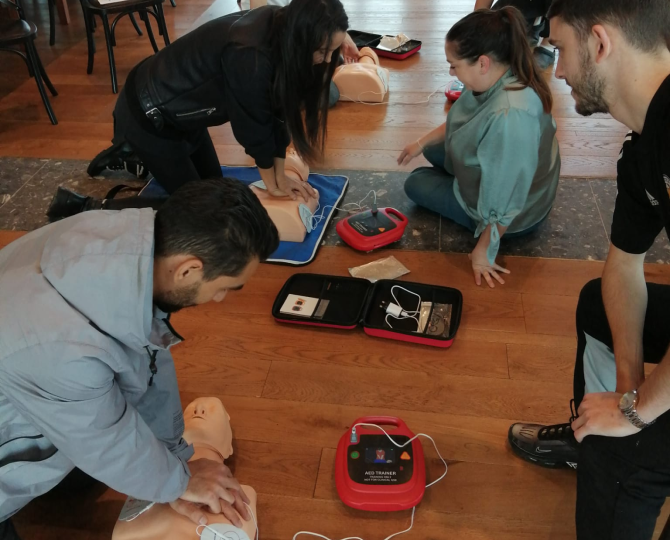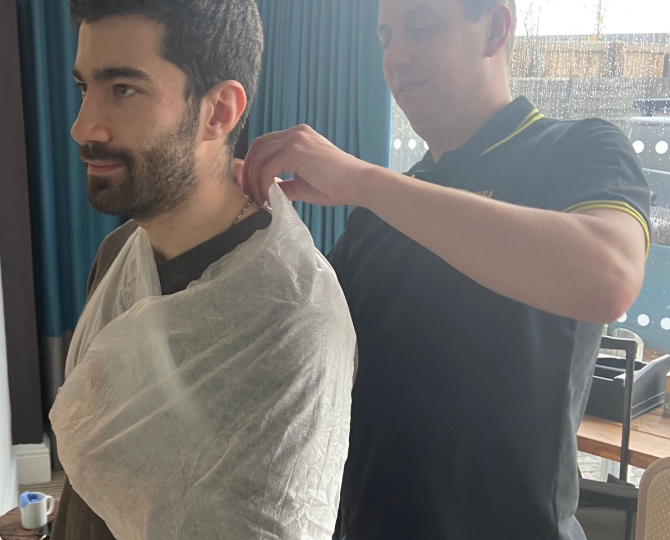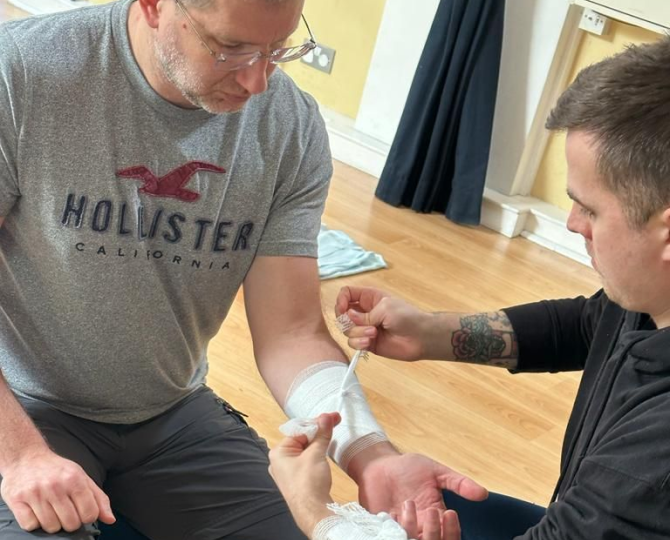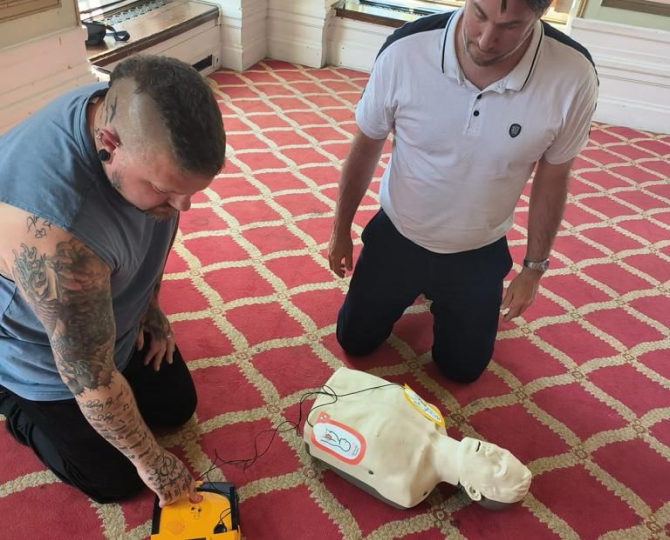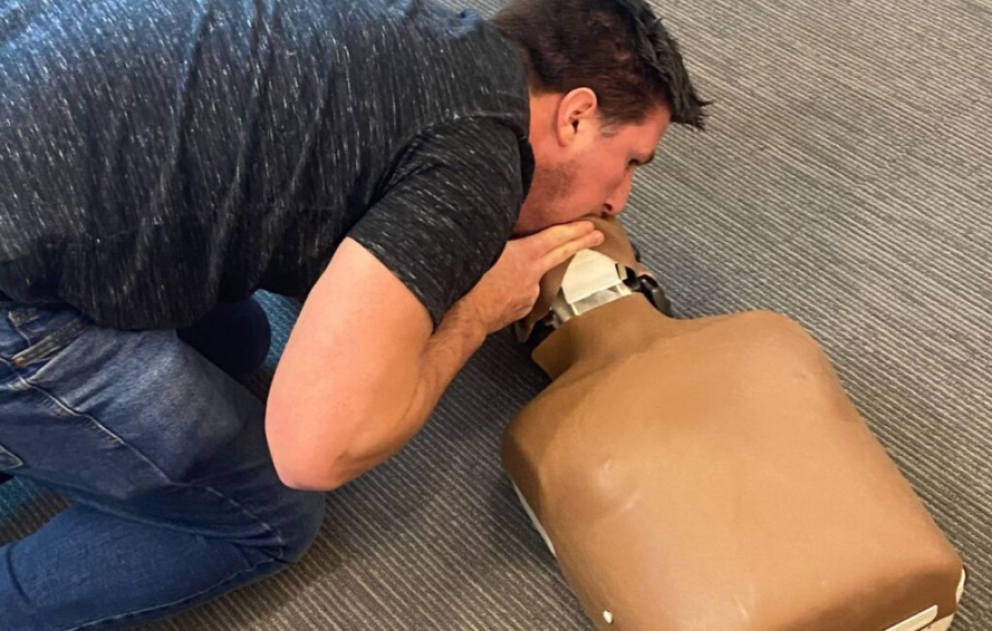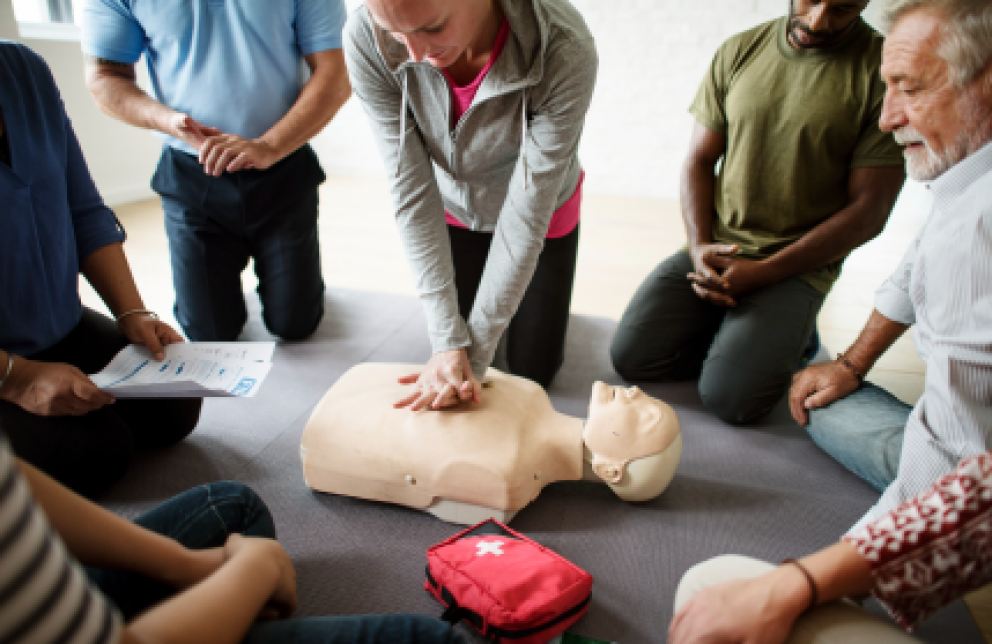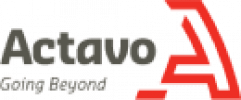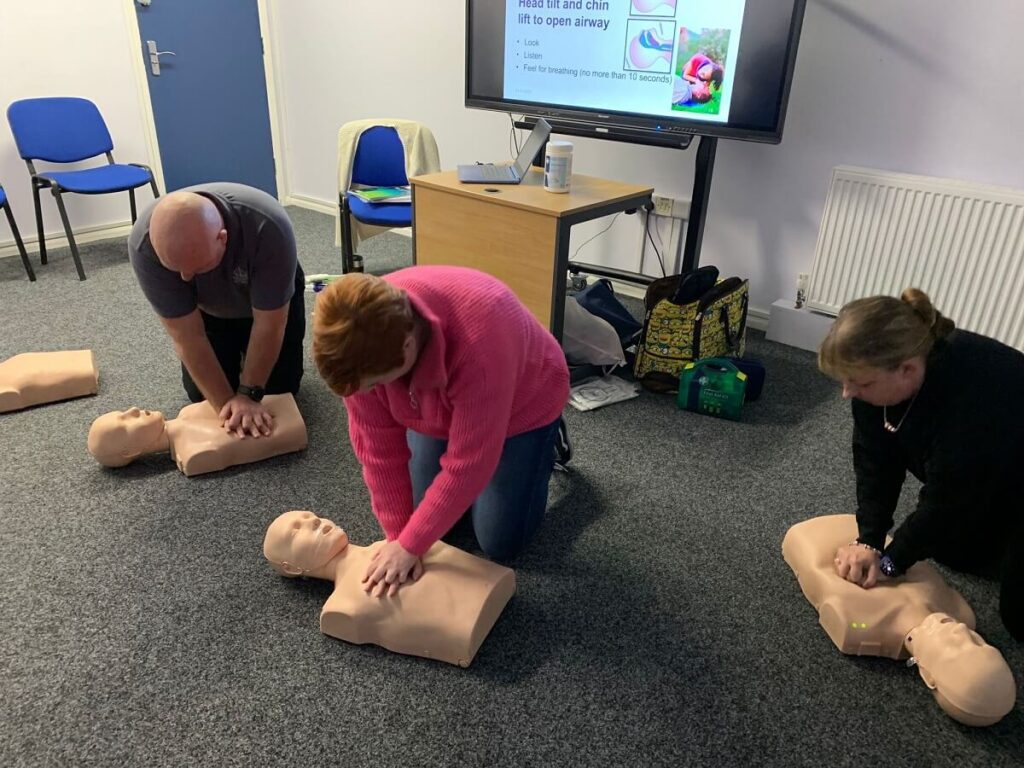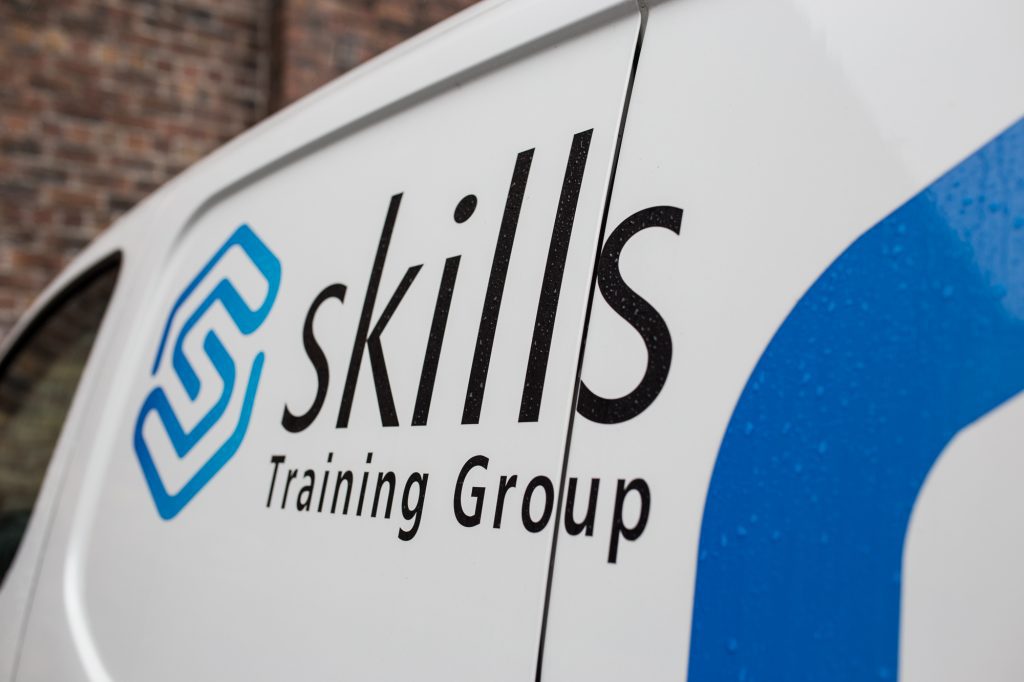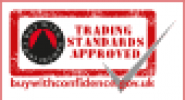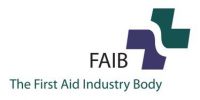Key Learning Outcomes
Participants will gain comprehensive knowledge and skills in first aid. They will learn:
Roles and Responsibilities of a First Aider
Understanding the key roles and duties, including preventing infection, incident recording, and safe equipment use.
Effective ways to minimise infection risks, such as using Personal Protective Equipment (PPE) and proper waste disposal.
The importance of obtaining consent before administering first aid.
Emergency Situation Assessment
Conducting a thorough scene survey to identify dangers, number of casualties, and treatment priorities.
Performing primary surveys of casualties, focusing on danger, response, airway, breathing, and circulation.
Knowing when and how to call for additional help.
Unresponsive Casualty Care
Recognising the need for CPR in unresponsive individuals.
Demonstrating correct CPR techniques using a manikin, including chest compressions and rescue breaths.
Placing casualties in the recovery position and continuous monitoring of their breathing.
Administering first aid to individuals experiencing seizures.
Choking First Aid
Identifying signs of mild and severe choking.
Executing first aid steps for choking, including back blows and abdominal thrusts, and performing CPR if necessary.
Handling External Bleeding
Assessing the severity of bleeding and identifying life-threatening situations.
Implementing first aid for external bleeding, such as applying direct pressure and dressing wounds.
Shock Management
Recognising symptoms of hypovolemic shock.
Effective first aid techniques for shock, including casualty positioning and warmth preservation.
Minor Injury Treatment
Administering first aid for small cuts, grazes, bruises, splinters, and nosebleeds.
Handling minor burns and scalds, focusing on cooling and covering the burn.
Additional Information
This program includes both theoretical knowledge and practical demonstrations to ensure a comprehensive learning experience. The training is designed to be inclusive and accessible, providing participants with the skills and confidence to handle first aid situations effectively.


